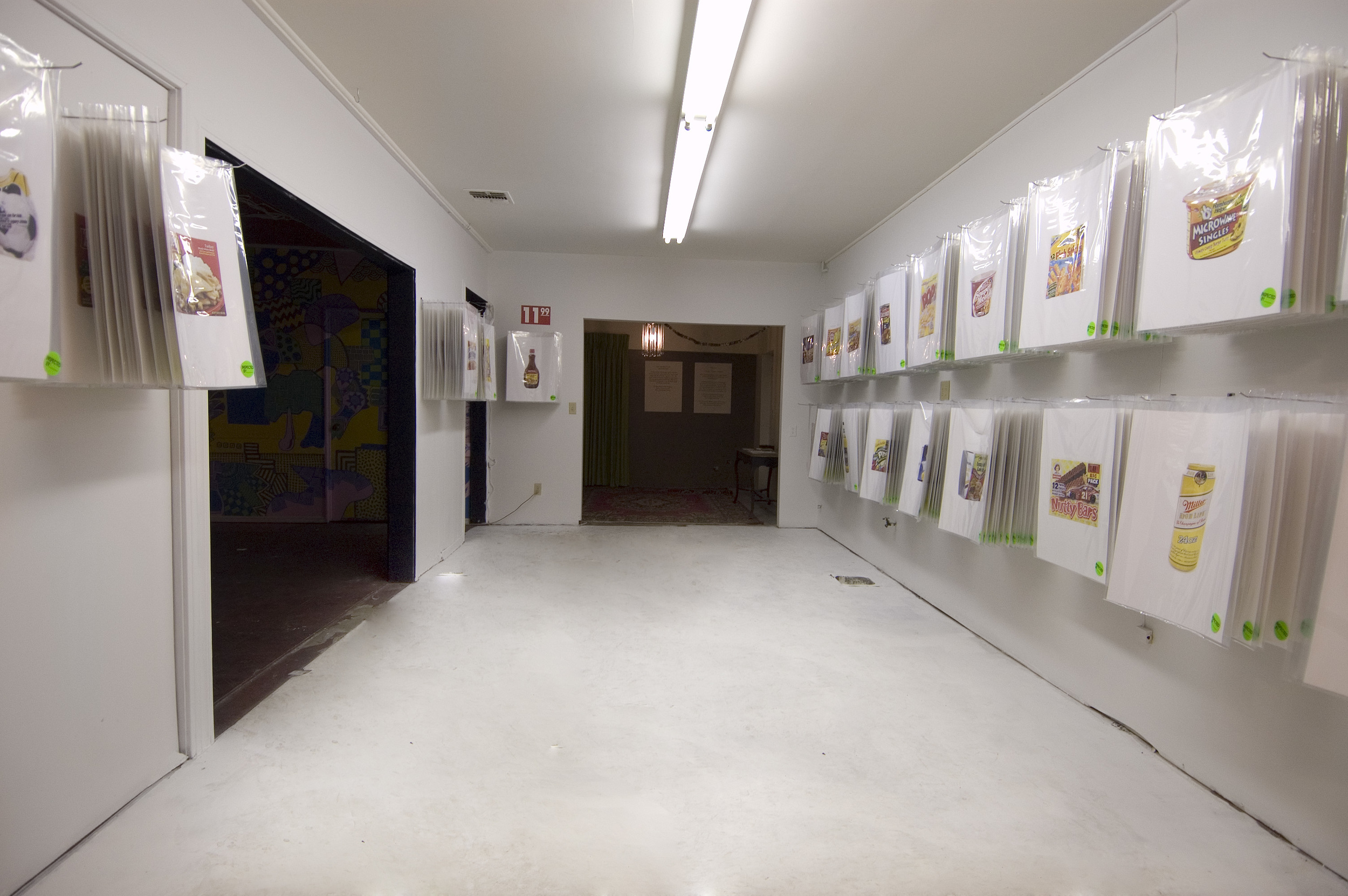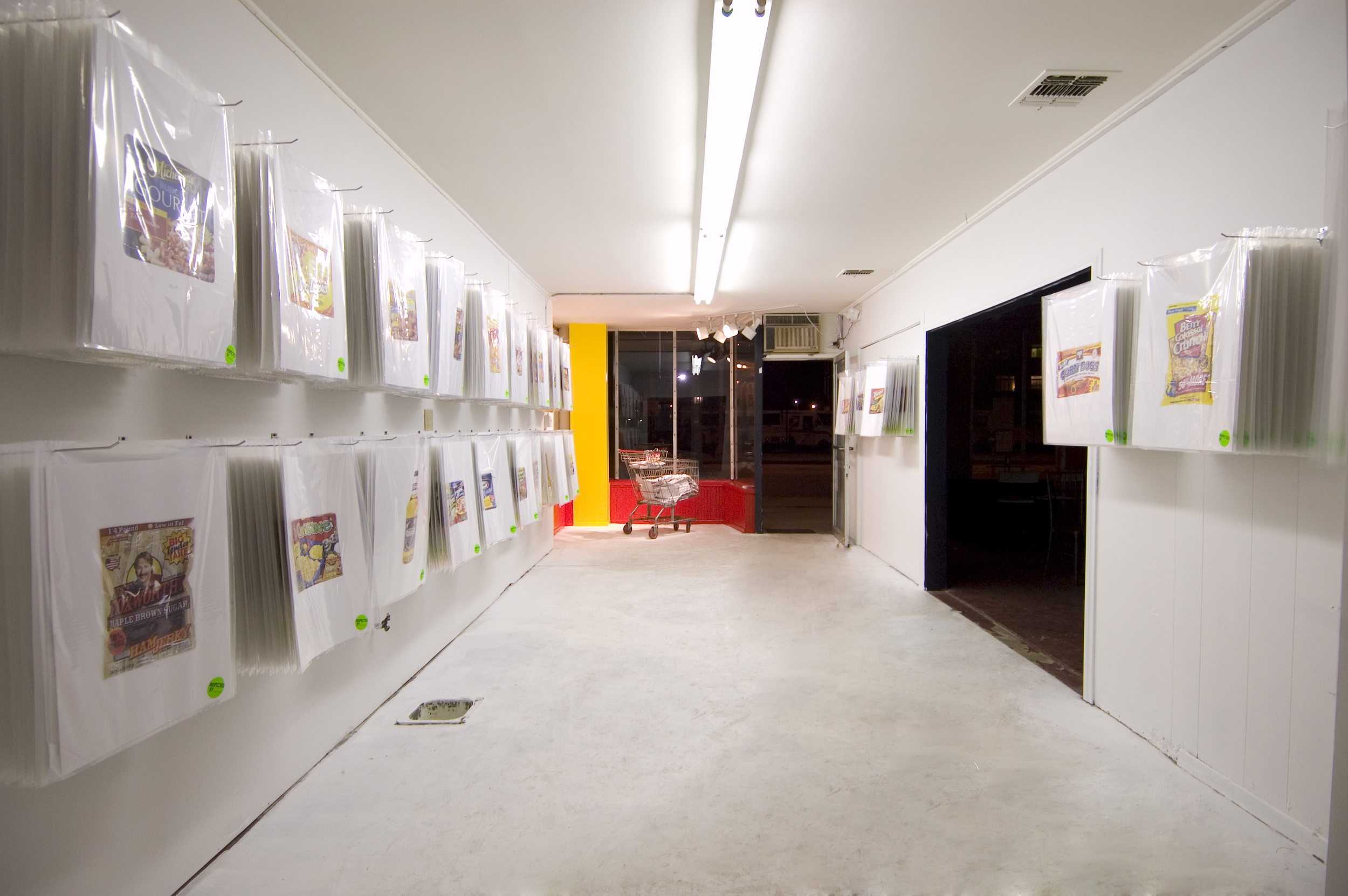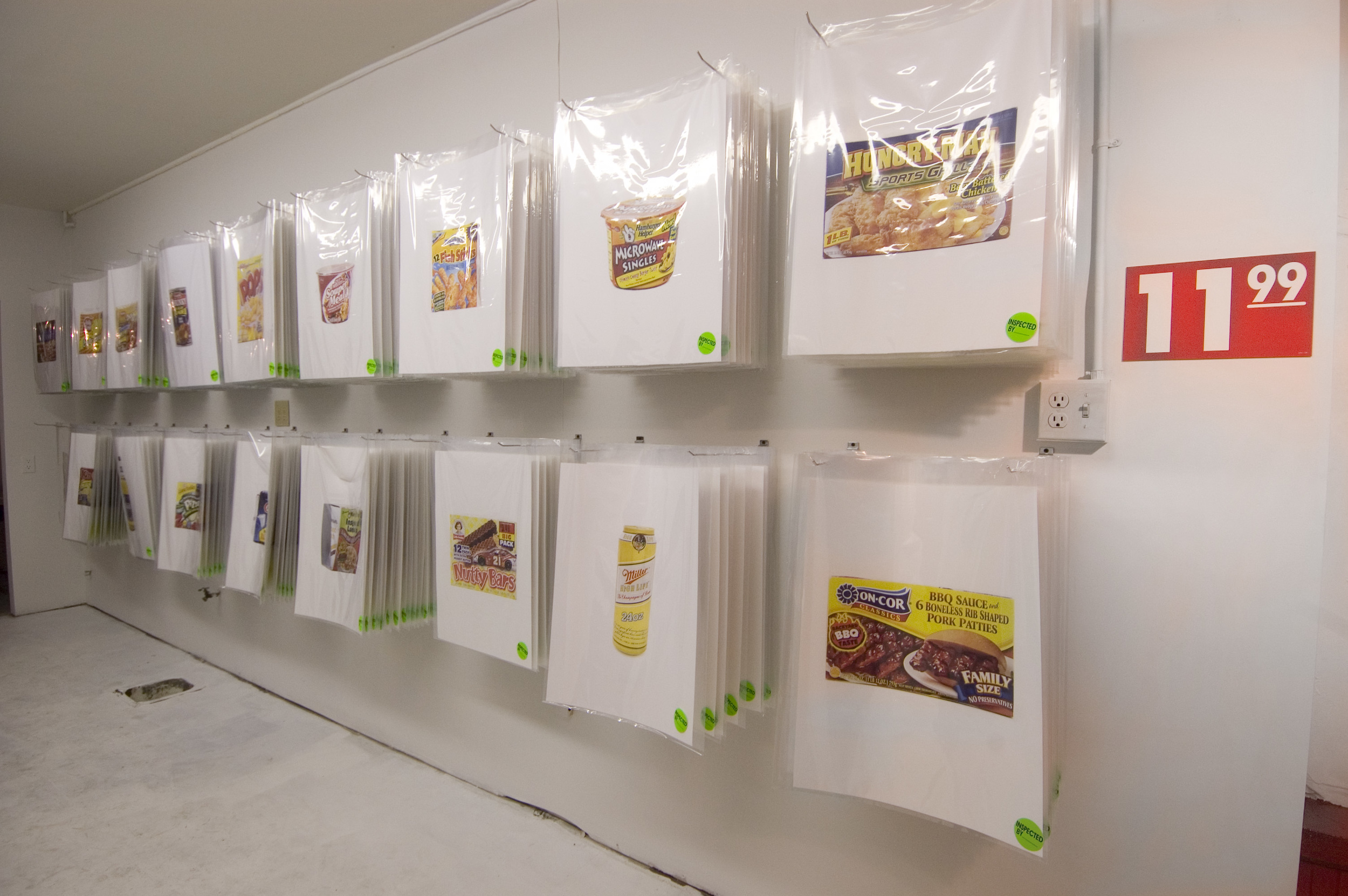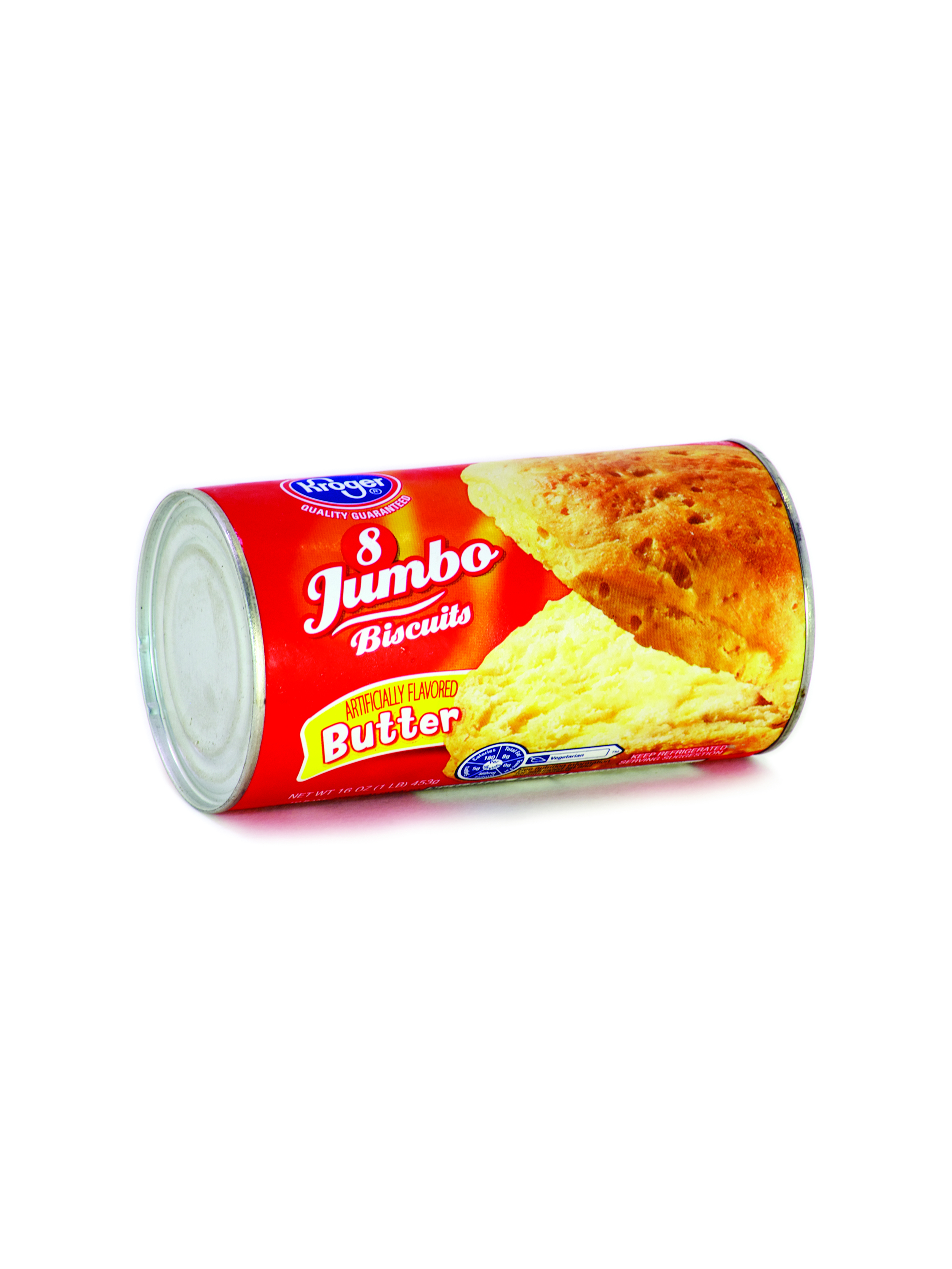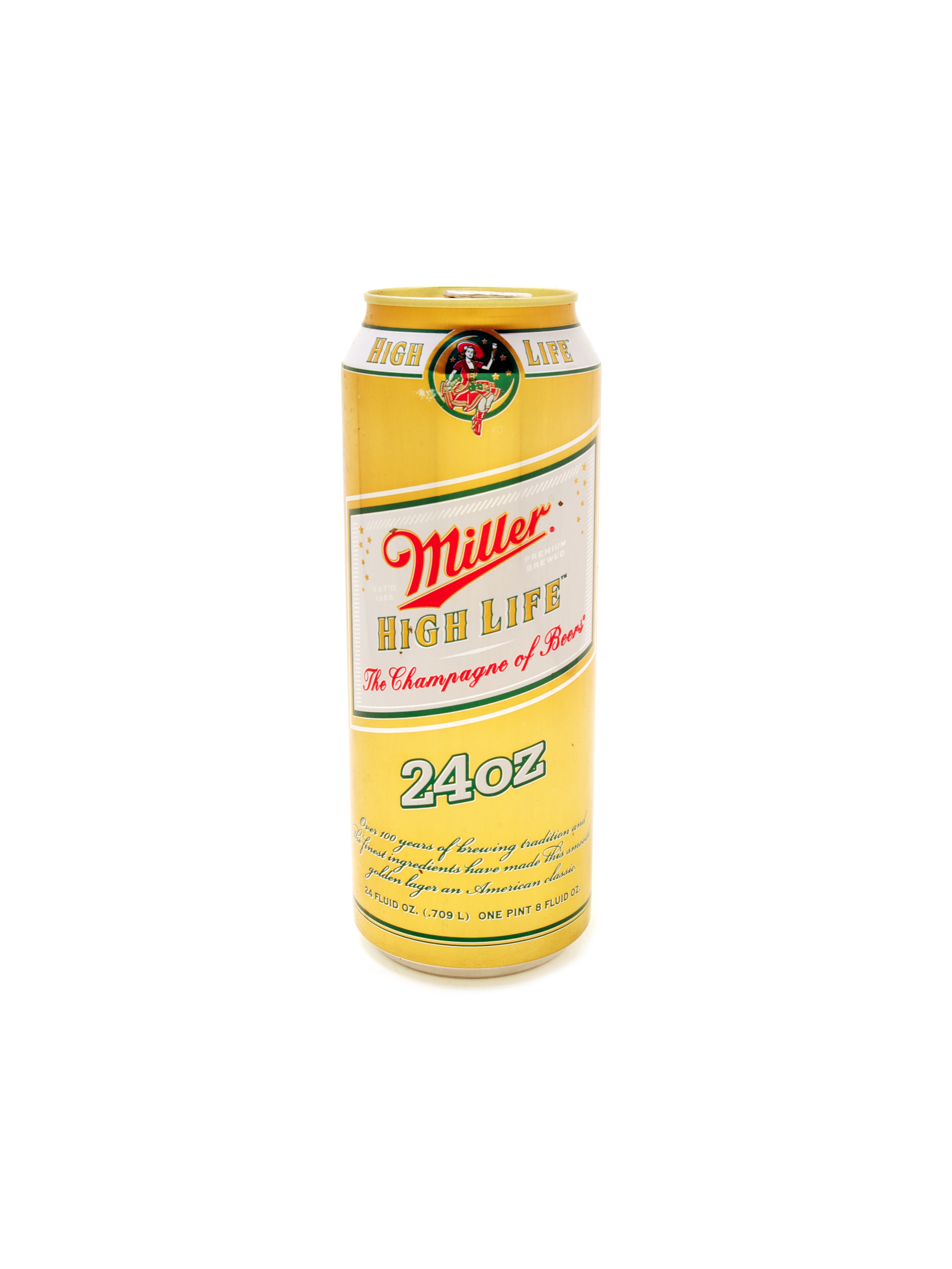Market is a collaborative installation by Katarzyna Balug and Christopher Reynolds that examines the critical moment before food consumption—the point of decision-making shaped not by hunger alone, but by marketing, packaging, and consumer perception. Whether in high-end gourmet markets or budget grocery stores, the visual and psychological strategies used to influence choice tend to divert attention away from the actual substance of the food itself.
Observing these patterns, Balug and Reynolds created an installation that reflects and critiques the pervasive visual language of both luxury and discount consumer markets. The project presents a hybrid environment, functioning simultaneously as a gallery exhibition and as a simulated storefront shopping experience. By blurring these two spaces, Market prompts viewers to reconsider the ritualized behaviors and unconscious expectations embedded in everyday acts of consumption.
The interactive installation incorporates a range of media, including large-scale posters of photographed products, hand-drawn prints, paintings, and a series of artist books. Together, these elements construct a fragmented narrative that mirrors the sensory overload and subtle manipulations encountered in retail environments. Through abstraction, repetition, and recontextualization, Balug and Reynolds expose the underlying mechanisms by which aesthetics—not sustenance—often dictate consumer choice.
Market is partly inspired by Alan Watts' essay Murder in the Kitchen, which critiques the modern human tendency to live in ritualistic anticipation of the future, allowing the present moment to pass unnoticed. Balug and Reynolds extend this observation to contemporary food culture, exploring the proposition that the anticipation of a meal—stimulated by marketing, presentation, and imagined experience—often exceeds the actual pleasure of consumption itself.
Through this layered, critical approach, Market invites viewers to reflect on their own complicity in consumer culture and to question how visual and psychological conditioning shapes the most fundamental human ritual: eating. By foregrounding the tension between expectation and reality, the project encourages a reevaluation of how we assign value, pleasure, and meaning to the act of consumption.
